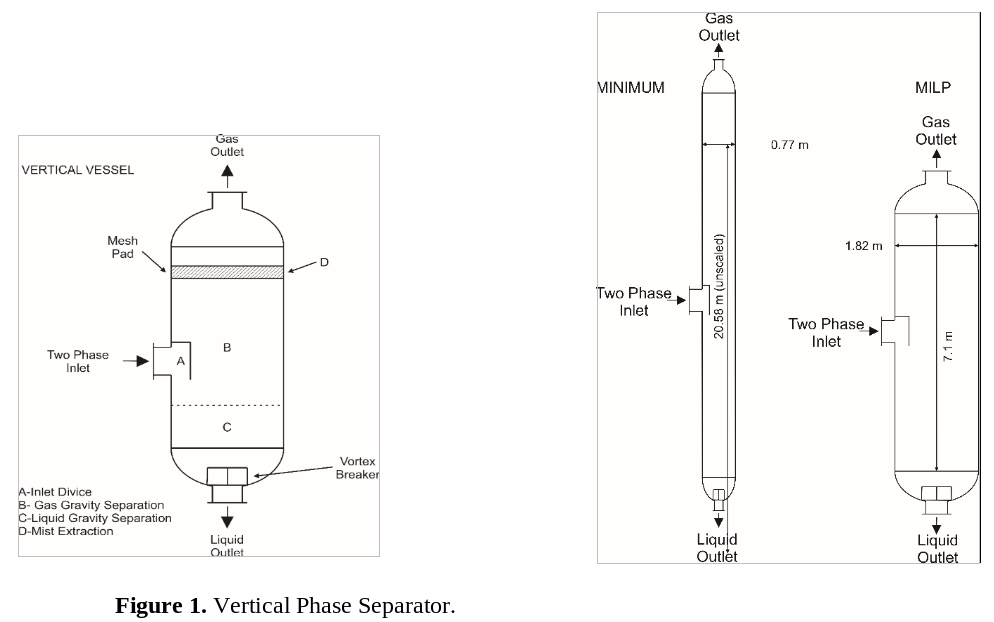Seminario “New approach for the design of vertical vapor-liquid separation vessels”
En el marco del Ciclo de Seminarios INGAR 2021, el Dr. Carlos D. Fischer realizará la exposición del seminario “New approach for the design of vertical vapor-liquid separation vessels”
Dicho seminario se realizará en a través de la plataforma Meet, el día viernes 30 de julio de 2021 a las 10:30hs.
Abstract
Vapor-liquid phase separators are widely used in oil refineries, natural gas processing plants, petrochemical and chemical plants, etc. (Meyers, 1997; Kayode Coker, 2010; Speight, 2011). In classical textbooks (Silla, 2003; Couper et al., 2005; Stewart and Arnold, 2008; Datta, 2008; Towler and Sinnott, 2008), heuristic procedures are proposed. Another approach for the design uses computational fluid dynamic (CFD) (Misra et al., 2017; Ghaffarkhah et al., 2017). The analysis is focus on the former approaches, as usually employed in practice and it is reformulated in a form of an optimization procedure. Results using different heuristics for the design of vapor-liquid separation vessels are compared and an alternative optimization procedure is presented. Design principles used by traditional heuristics are presented first. Then, the traditional heuristic procedures and the MILP optimization procedure is presented. Solutions of the MILP procedure are compared with the heuristics’ solutions highlighting important discrepancies in some cases, which indicate that the utilization of mathematical programing can attain solutions with lower costs. In other approach, a mixed integer non-linear model is presented and solved using an MINLP procedure. After a reformulation, the model reduces to a set of linear equations and only one nonlinear equation. Because of the discrepancies between many heuristics, two MINLP models, one that gives conservative results, and another that gives optimistic ones are presented. The effect of slenderness constraints, the value of critical droplet diameter used for the design, and the use of demisters is also discussed. The solution of the MINLP design problem using global solvers can identify design alternatives with lower costs in several situations.

